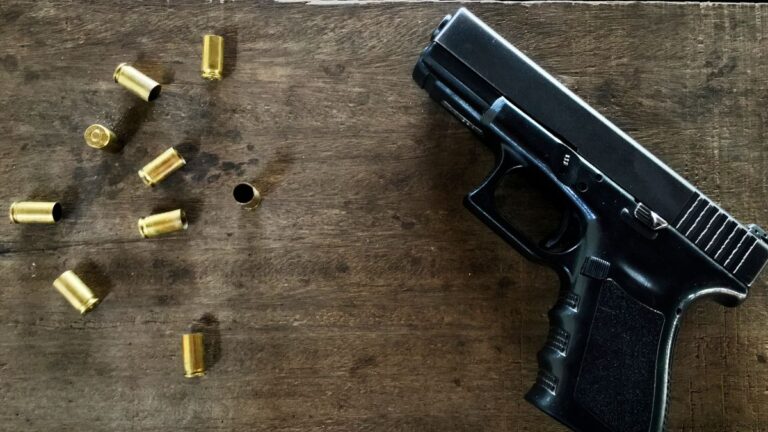Accurate shooting with a handgun relies on more than just a steady hand; it begins with choosing the right sights for the task at hand. Sights act as the interface between the shooter and the target, guiding the eye and ensuring that the firearm’s point of impact matches the point of aim. Whether preparing for a friendly range session, home defense scenario, or organized match, the right sights can make all the difference in boosting both confidence and competence.
As firearm owners become more selective about their gear, interest has grown in specialized upgrade options such as competition Glock sights. These are engineered for rapid visual pickup and accuracy, catering to those who demand enhanced performance under pressure. New shooters and seasoned competitors alike are discovering that factory sights, although functional, may not meet the unique needs of every shooter, especially as skill sets evolve or shooting disciplines change. With numerous choices available, understanding the fundamentals and differences can help shooters make more informed decisions and consistently hit their mark.
Common Types of Handgun Sights
The landscape of handgun sights has expanded to meet various shooter preferences. Fixed sights, commonly factory-installed, offer a simple, rugged design that requires minimal maintenance and remains aligned during regular use. Adjustable sights allow for fine-tuning of windage and elevation, making them popular among target shooters, but they are also more complex and vulnerable to disalignment. Night sights and fiber optic sights enhance visibility in low light and daylight, respectively, making them ideal for personal defense and competitive shooting.
Factors to Consider When Choosing Sights
Selecting the right sight for shooting is a complex process influenced by individual preferences and various factors, including visibility, durability, and compatibility with shooting conditions. Shooters need to consider their typical lighting conditions, personal vision, and intended usage—whether for competition or self-defense. Additionally, factors like recoil response and the overall balance of the gun also play a role in choosing the most natural and confidence-boosting sight.
Installation and Adjustment Tips
Installing new sights on a firearm can be a straightforward process with proper tools and guidance. Start by ensuring the gun is unloaded for safety. Remove the original sights using suitable tools, clean the sight base, and install the new sight, ensuring it is aligned. Secure set screws and apply thread-locker if needed. After installation, test the new setup at the range, making adjustments to windage and elevation for accurate aiming.
Training for Effective Sight Use
The effectiveness of any new sight relies on solid training habits, particularly dry fire practice, which develops essential muscle memory for sight alignment and trigger control. Shooters can use simple targets to maintain sight focus during practice. Live fire exercises further enhance these skills; starting slowly helps focus on sight alignment during recoil before gradually increasing speed. Regular draw-and-present drills reinforce reliable sight acquisition, a crucial skill for competitions and personal defense. Expert guidance emphasizes that quick and consistent sight alignment is vital for accurate shot placement, regardless of the sight type.
Care and Maintenance
Handgun sights require regular maintenance to ensure accuracy and reliability. Before using the firearm, check sight alignment and hardware tightness. Clean the sights after exposure to the elements using a microfiber cloth; tough grime may require the use of cotton swabs for thorough cleaning. Avoid using harsh solvents. Regularly inspect fiber optic rods and replace tritium sights every 7-12 years. Consult a gunsmith for refurbishing or replacing worn components.
Recent Advances in Sight Technology
The past decade has seen significant advancements in handgun sights, utilizing advanced materials for durability and customization. Electronic red dot optics have gained popularity, especially among competitive shooters, as they enhance accuracy and speed by allowing users to focus on the target rather than aligning their sights. Despite requiring practice, their effectiveness at longer distances and for those with visual impairments makes them a potentially essential upgrade for handguns.
Conclusion: Making the Best Choice for Your Needs
Choosing handgun sights may seem complex, but it doesn’t have to be overwhelming. Assess your typical shooting environments, your strengths and weaknesses, and key features that align with your goals, whether for recreation, competition, or self-defense. Upgrade options, such as competition Glock sights, offer tailored solutions for those seeking better accuracy and faster target acquisition. With informed research and a commitment to hands-on practice, your choice in sights can help turn every trigger pull into a confident, controlled shot, no matter what the target or scenario may be.

